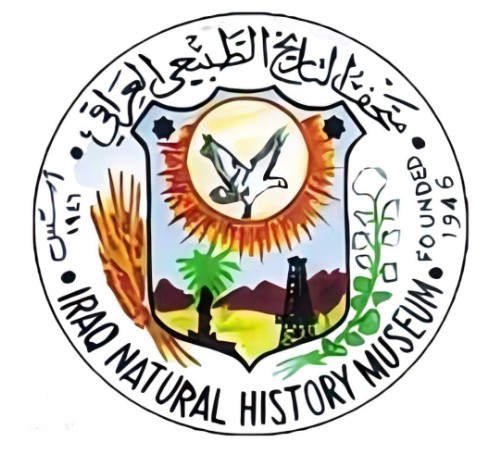FIVE DIATOM SPECIES IDENTIFIED BY USING POTENTIAL APPLICATION OF NEXT GENERATION DNA SEQUENCING
DOI:
https://doi.org/10.26842/binhm.7.2020.16.1.0039Keywords:
Algae, Diatoms, Edema, Freshwater, NGS, Tigris River.Abstract
Molecular barcoding was widely recognized as a powerful tool for the identification of organisms during the past decade; the aim of this study is to use the molecular approach to identify the diatoms by using the environmental DNA. The diatom specimens were taken from Tigris River. The environmental DNA(e DNA) extraction and analysis of sequences using the Next Generation Sequencing (NGS) method showed the highest percentage of epipelic diatom genera including Achnanthidium minutissimum (Kützing) Czarnecki, 1994 (21.1%), Cocconeis placentula Ehrenberg, 1838 (21.3%) and Nitzschia palea (Kützing) W. Smith, 1856 (16.3%).
Five species of diatoms: Achnanthidium minutissimum; Fistulifera saprophila (Lange-Bertalot & Bonik) Lange-Bertalot, 1997; Gomphonema pumilum (Grunow) E. Reichardt & Lange-Bertalot, 1991; Navicula veneta Kützing, 1844 and Thalassiosira pseudonana Hasle Heimdal, 1970 were registered in NCBI under the accession numbers as follows: MN749640.1, MN749641.1, MN749642.1, MN749643.1 and MN749646.1 for the first time; while the two algae Fistulifera saprophila and Thalassiosira pseudonana are regarded as a new record to algal flora in Iraq.
The environmental DNA study will be a catalyst for new studies of biodiversity and environmental studies in Iraq and the region.
Received Date: 28 January 2020
Accepted Date: 06 April 2020











